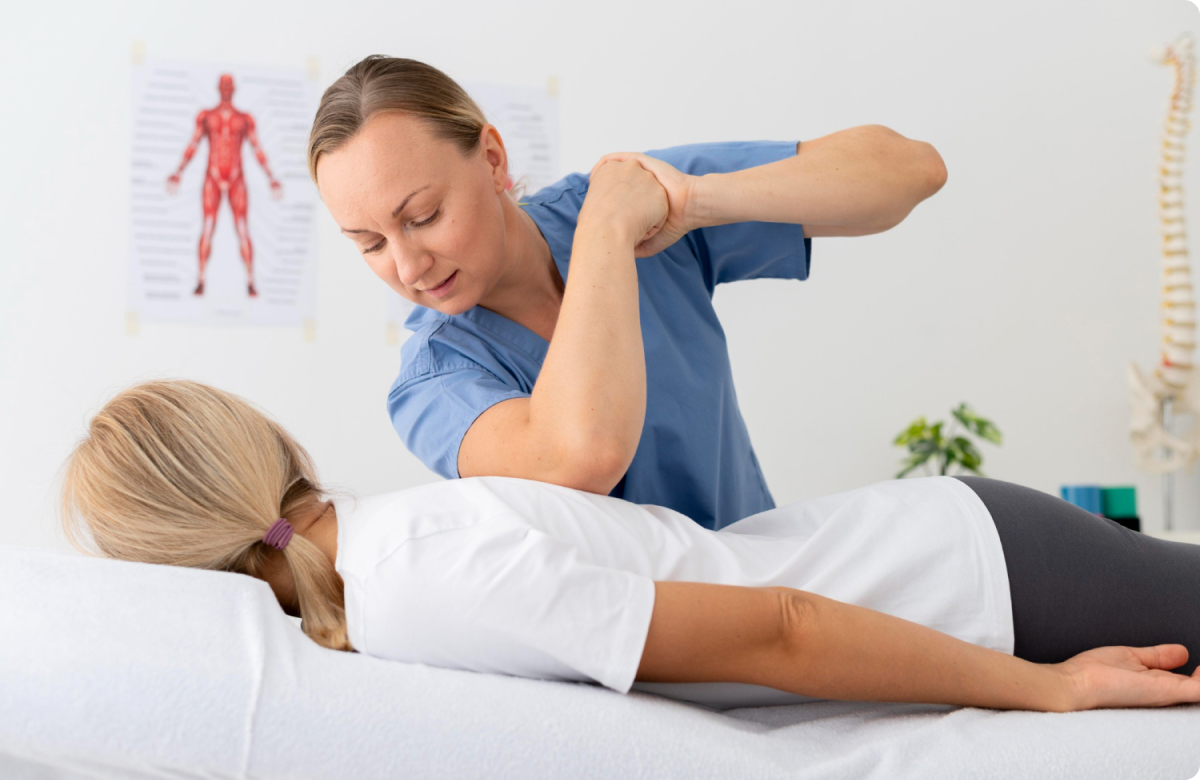
Trigger point therapy, also known as myofascial trigger point therapy or trigger point release, is a therapeutic approach aimed at relieving pain and improving muscle function by applying pressure to specific points in the muscles called trigger points. These trigger points are often associated with tight bands or knots in the muscle tissue. Here are key points about trigger point therapy
Identification of Trigger Points
Trigger points are localized areas of muscle tightness and tenderness that can cause pain and may refer pain to other areas of the body. Skilled practitioners can identify these points through palpation and assessment of the patient’s symptoms.
Techniques for Trigger Point Therapy
- Direct Pressure: The therapist applies direct pressure to the trigger point using their fingers, thumbs, or specialized tools. The pressure may be sustained or rhythmic, depending on the technique used.
- Stretching: Gentle stretching of the muscle involved can be incorporated to enhance the effectiveness of trigger point therapy.
- Massage Techniques: Massage techniques, such as kneading or friction, may be used to release tension in the affected muscle.
- Release of Tight Muscles: The goal of trigger point therapy is to release or deactivate the trigger points, which can lead to improved muscle flexibility, reduced pain, and enhanced overall muscle function.
Conditions Treated with Trigger Point Therapy
- Muscle Pain: Trigger point therapy is commonly used for the treatment of myofascial pain syndromes and muscle pain.
- Headaches: It may be applied to relieve tension headaches and migraines associated with trigger points in the neck and shoulder muscles.
- Chronic Pain Conditions: Trigger point therapy is often included in the treatment of chronic pain conditions.
Self-Myofascial Release
Patients may be taught self-myofascial release techniques using tools like foam rollers or tennis balls to apply pressure to trigger points on their own between therapy sessions.
Integration with Other Therapies
Trigger point therapy is often part of a comprehensive treatment plan that may include other manual therapy techniques, exercise, and education about posture and movement patterns.
